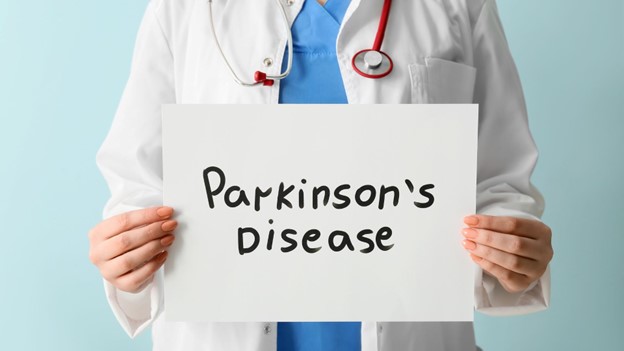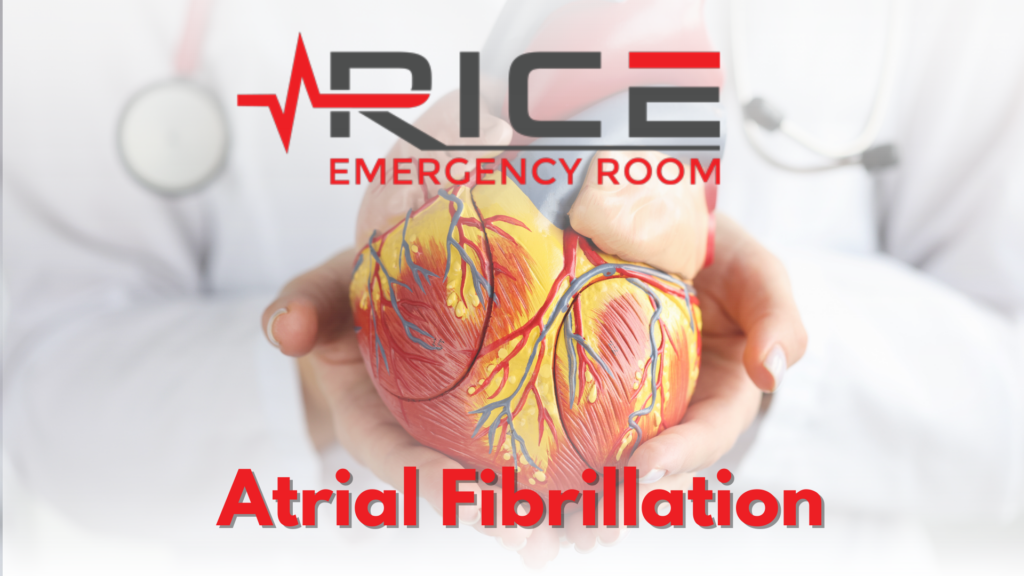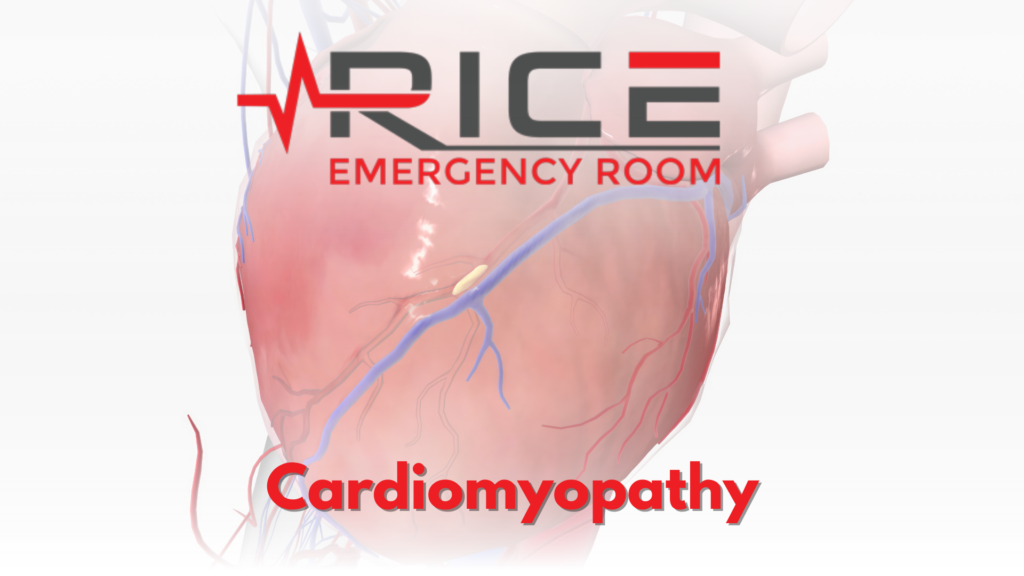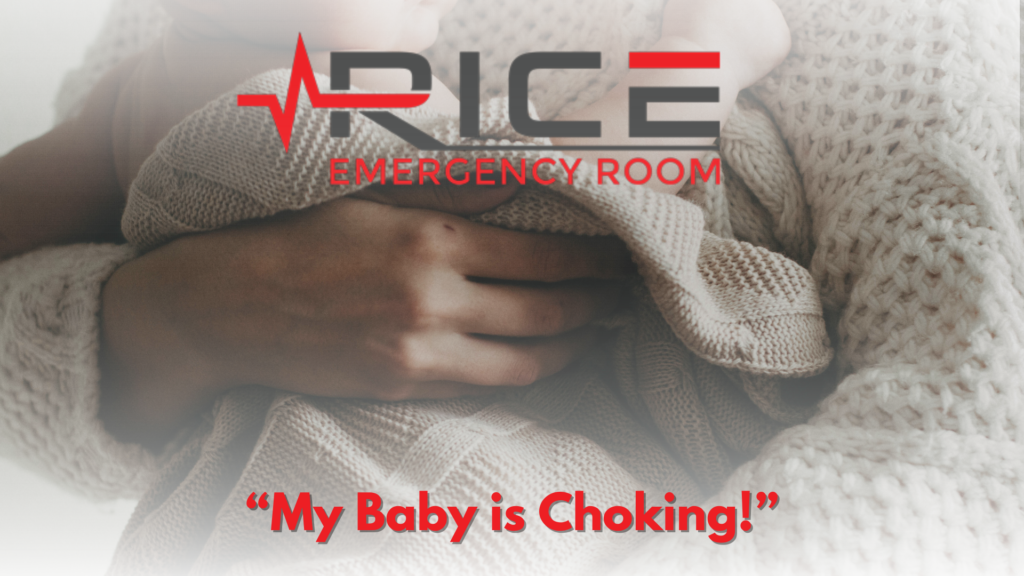
Parkinson’s Disease Symptoms | Parkinson’s Disease neurodegenerative disorder that affects movement and can be progressive. It affects many people worldwide, and its symptoms vary from person to person. In this article, we will be looking at what Parkinson’s Disease is, who gets it, possible treatments, and whether it can be cured. We will also explore how those with the diagnosis navigate their daily lives and how the medical community responds to this rapidly growing condition. By understanding the disease on a deeper level, we can gain insights into how it can be managed in our own lives or those around us.
What is Parkinson’s Disease?
At its core, Parkinson’s Disease is a neurological condition caused by the gradual loss of nerve cells in areas of the brain responsible for movement. This leads to various symptoms such as shaking (tremors), slowness of movement (bradykinesia), difficulty walking, stiffness or rigidity of limbs, impaired balance and coordination, changes in speech, and other cognitive problems. These disruptions can severely limit a person’s ability to perform everyday activities as they would before being diagnosed with this illness. (Franchina)
Who Gets Parkinson’s Disease?
Parkinson’s Disease can happen to anyone at any age. It is most commonly diagnosed in people over 60, but younger adults and even children can be affected. The cause is unknown, but some evidence suggests genetics may play a role. Environmental factors are also thought to contribute to the development of the Disease. There is no cure for Parkinson’s, but treatment can help manage the symptoms and slow down the progression of the disease.
Treatment for Parkinson’s Disease
Treatment for Parkinson’s Disease typically includes medications, physical therapy, occupational therapy, speech therapy, and other supportive therapies. Surgery may be an option in some cases. Surgery is used to correct specific areas of the brain that are not functioning correctly and involves implanting electrodes into the side of the brain responsible for controlling movement. Deep Brain Stimulation (DBS) is a type of surgery that involves inserting stimulating electrical wires directly into some brain regions to allow for greater control over movement than drugs alone can provide. Other types of surgery may be utilized to reduce tremors, improve balance and coordination, or help with freezing episodes during activities such as walking or turning around in bed at night. It is essential to work with your doctor to find out what treatment option will work best for you.
In addition to medications and therapies available for Parkinson’s disease management, lifestyle changes can positively impact managing symptoms, like exercise programs and specific exercises explicitly tailored for Parkinson’s patients. Exercise helps maintain muscle strength and improve flexibility which helps with mobility-related problems caused by Parkinson’s. There are also support groups available, which allow those affected with PD to access various resources, advice from others with similar experiences, and emotional support from others going through similar situations.
(National Institute of Neurological Disorders and Stroke)
Is Parkinson’s Disease Curable?
There is no known cure for Parkinson’s Disease, however there are treatments available to help manage its symptoms. Medications can be used to reduce tremors and improve movement and coordination. Physical therapy, occupational therapy, and speech-language therapy can also help with balance and walking difficulties, speech problems, and mobility issues associated with Parkinson’s Disease. (NHS)
Living with Parkinson’s Disease
In conclusion, Parkinson’s Disease is a degenerative disorder of the central nervous system that affects movement, cognition, and behavior. Symptoms may include tremors, loss of balance, changes in speech, difficulty with mobility and coordination, and rigid muscles. Though it cannot be cured, various treatments are available to help manage symptoms, including medication, physical therapy, and lifestyle changes. With proper management and support, those with the disease can maintain a good quality of life.
Works Cited
NHS. NHS Choices, NHS,
National Institute of Neurological Disorders and Stroke. “Parkinson’s Disease: Challenges, Progress, and Promise.” National Institute of Neurological Disorders and Stroke, U.S. Department of Health and Human Services,
Franchina, Phil. “April Is Parkinson’s Disease Awareness Month. Why Does That Matter?” American Parkinson Disease Association, 7 Apr. 2020,



